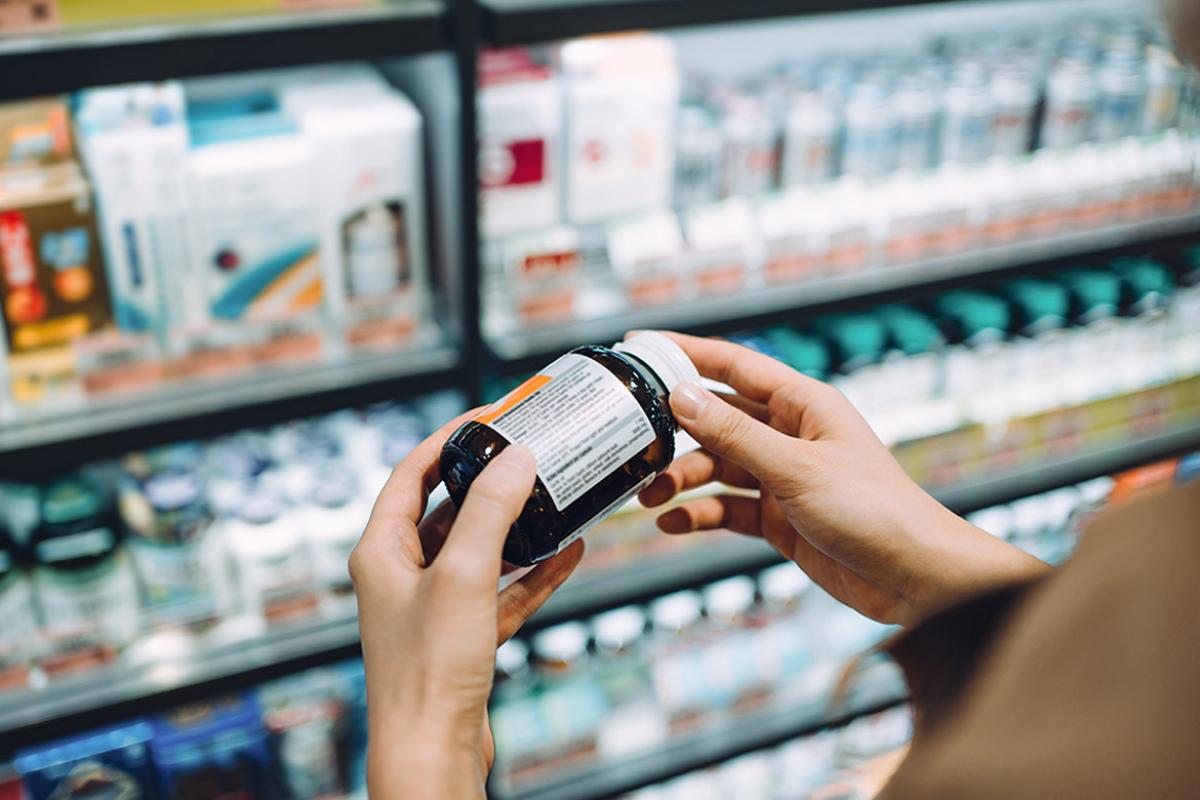With nine out of 10 U.S. adults and children consuming too much sodium, the U.S. Food and Drug Administration (FDA) has released draft proposed voluntary guidelines to encourage companies to significantly reduce sodium in processed and restaurant foods by 2020. Some of the recommended changes may be eye-opening for patients who don’t closely monitor their sodium intake.
The need to decrease sodium consumption
High sodium intake has a direct correlation to high blood pressure, which leads to heart disease and stroke—the most common causes of death in the U.S., contributing to more than 1,000 deaths per day.
“There is strong evidence, including a recent analysis of more than 100 randomized clinical trials, that sodium reduction reduces blood pressure in adults,” Thomas R. Frieden, MD, director of the Centers for Disease Control and Prevention (CDC) said in a JAMA Viewpoint. “Excess dietary sodium intake may adversely affect the heart, kidneys, brain and blood vessels.”
The proposed guidelines set short- and long-term goals for a gradual reduction in sodium for both manufactured and restaurant products and should lead to a sustained reduction in the amount of sodium added to the food supply before foods reach consumers’ hands, he said.
Dr. Frieden cited several problems with excess sodium in America:
- More than 70 percent of sodium consumed is in food products before they reach the table.
- Reducing sodium intake by 1,200 mg per day may reduce the number of people with hypertension by nearly 11 million.
- Reducing sodium intake by 400 mg per day could prevent 32,000 myocardial infarctions and 20,000 strokes annually.
The guidelines in practice
In addition to the written proposed guidelines, the CDC also issued a table detailing 150 food categories in which sodium should be reduced. These decreases in sodium range from as low as 14 percent to as high as almost 67 percent.
For example, under the category “bacon bits and pieces,” the 2010 baseline weighted mean was 2,534 mg of sodium per 100 g. By 2020, the CDC is asking that restaurants and manufacturers reduce this level to 1,000 mg of sodium per 100 g, for a decrease of 60.5 percent
Though not significantly high in sodium, the category “canned vegetables,” for which the 2010 baseline weighted mean was 307 mg of sodium per 100 g, should be reduced to 250 mg of sodium per 100 g by 2020, according to the guidelines—that’s a decrease of 18.5 percent. This is not a giant leap, but even small decreases in sodium levels hold the opportunity to improve the health of the nation.
“We applaud the FDA for proposing new sodium reduction targets and industry guidelines that will help Americans limit the amount of sodium they consume and, in turn, make our country healthier,” said AMA President Steven J. Stack, MD. “These voluntary guidelines are a blueprint for further action, but the onus is on the food industry to now take the necessary steps to reduce sodium in its products, and help us improve health outcomes for all Americans.”
The FDA’s action also supports the AMA’s Improving Health Outcomes initiative to significantly reduce the number of American adults living with uncontrolled high blood pressure. Recently, in partnership with the American Heart Association, the AMA launched a national initiative called Target: BP™, to provide physician practices, care teams and health systems with the resources and support they need to improve blood pressure control rates within the communities they serve.
The AMA’s M.A.P. to Improve Blood Pressure Control, developed in partnership with Johns Hopkins, calls for physicians and care teams to Measure blood pressure accurately, Act rapidly to treat patients uncontrolled blood pressure and Partner with patients, families and communities to promote self-management.
For more on how to better control blood pressure, check out these M.A.P. resources
- The M.A.P. checklists (log in) for your team to use
- A chart of common errors (log in) while measuring BP
- The proper positioning poster (log in) shows proper techniques for taking a measurement
Also, find out what you need to start a self-measured blood pressure monitoring program in your practice.




